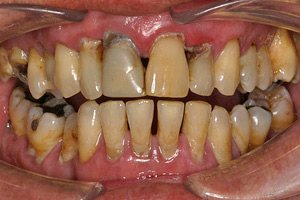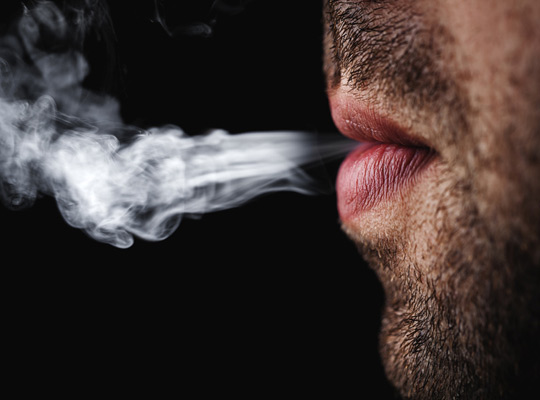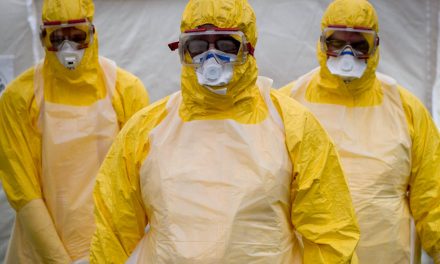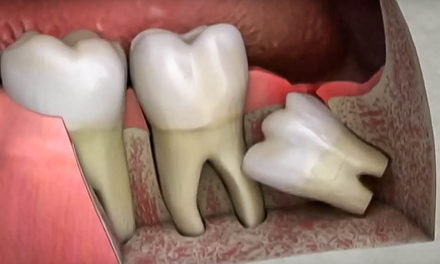Everyone knows that smoking is a very unhealthy and harmful habit. Not only is it a major cause of cardiovascular disease, respiratory disease, and cancer, but also smoking affects nearly every organ in the body, including the gums. It is clear that smoking reduces the level of health in general, but this article will deal only with oral repercussions.
Gingivitis and periodontitis
 Gum disease (or periodontal disease) is an infection that starts with dental plaque, which contains harmful bacteria and microorganisms. This plaque accumulates at the junction between the gums and teeth, and if it is not removed by daily brushing and flossing, it eventually becomes tartar. The bacteria-containing plaque and tartar cause infection and inflammation of the gingival margin. This is called gingivitis, which is the first step of gum disease.
Gum disease (or periodontal disease) is an infection that starts with dental plaque, which contains harmful bacteria and microorganisms. This plaque accumulates at the junction between the gums and teeth, and if it is not removed by daily brushing and flossing, it eventually becomes tartar. The bacteria-containing plaque and tartar cause infection and inflammation of the gingival margin. This is called gingivitis, which is the first step of gum disease.
If gingivitis worsens, little spaces called periodontal pockets start to develop between the gums and teeth. These pockets are not visible to the naked eye, and appear following the fact that the infection has reached and destroyed the alveolar bone, which is the bone that holds the teeth in place. When alveolar bone begins to deteriorate, the gum disease stage is called periodontitis.
Gingivitis is easier to treat than periodontitis because when alveolar bone is destroyed, present treatments make it difficult to regenerate it or the bone does not regenerate at all; treatments mostly keep the bone to its level. If on the other side no treatment is done at all, teeth would slowly start moving and eventually fall out, because there is less and less bone that holds them. The more gum disease is detected early, the more there is hope to treat it.
Smoking and gums
 Smoking does not initiate gum disease directly. There must have been a prior infection of the gums by either dental plaque or tartar.
Smoking does not initiate gum disease directly. There must have been a prior infection of the gums by either dental plaque or tartar.
Smoking does however make gingivitis or periodontitis much worse. This can be achieved by two mechanisms:
- Smoking reduces the production of saliva in the mouth, a condition called xerostomia.
- Smoking also affects the immune system, which reduces the effectiveness of fighting infections caused by gingivitis or periodontitis.
One of the functions of saliva is to establish a natural but not complete cleansing of dental plaque. Saliva also contains antibodies that fight some of the bacteria in the mouth that cause gum disease. A decrease in saliva in the mouth then leads to a greater accumulation of plaque, tartar and harmful bacteria.
Smoking decreases the effectiveness of the immune system because smokers have compressed blood vessels. This compression reduces the amount of blood flowing which leads to less oxygen, nutrients and white blood cells that reach the gums to fight infections and keep your mouth healthy.
Smoking after gum treatment
Smoking not only makes gum disease worse, but it also makes gums very hard to heal after gum treatment is done.
A gum treatment involves the removal of tartar and infected tissue that are found under the gums and within the pockets created by the disease. This can be done surgically when the pockets are very deep. A non-surgical approach can be used when pockets are less deep, and the treatment is done under local anaesthesia.
But on top of contributing to the deterioration of gums, if someone continues smoking after periodontal treatment, the gums heal much less effectively. Maintaining good oral hygiene is an important factor for a successful gum treatment, and this includes smoking cessation.
Tobacco use is clearly linked to periodontal disease. To quit smoking should be considered in adjunct with gum treatment so that the former can be successful. Quitting smoking is therefore one of the very good ways to keep your teeth and be healthier in general.
References
- Tobacco and Periodontal Diseases (University of Minnesota, Division of Periodontology).
- Smoking causes 50% of gum disease’ (BBC News).
- Smoking and Periodontal Disease (Fob Null Channel sur YouTube).
The information above should be used as a reference only. Any medical decision should not be taken before consulting a health care professional.
The masculine gender may have been more used in the article, but without prejudice, to make reading easier.
Category: articles
- 10 myths and facts about root canals
- 10 things you didn’t know about teeth
- 10 ways to crack or break your teeth
- 5 reasons why baby teeth are so important
- 5 things you didn’t know about wisdom teeth
- 5 ways to provide the best dental care for your children
- 6 reasons why flossing daily is so important
- 8 ways to stay kissable for Valentine’s Day
- Anaesthetics and sedation for oral treatments
- Bisphosphonates and oral health care
- Can good dental care save money?
- Cancer treatments and oral health
- Causes and consequences of tooth loss
- Dementia and tooth loss
- Dental avulsion: what to do when you have a knocked out tooth
- Diabetes and dental care
- Easter tips for healthy teeth
- Ebola virus disease
- Electric or regular, which toothbrush is better?
- Halloween, good and bad treats
- Heart disease and dental care
- How smoking affects dental and oral health
- How to have a beautiful smile?
- Invisible orthodontics
- Oral hygiene kit for travellers
- Precautions to take after dental fillings
- Pregnancy and dental care
- Sexual hormones – are women more susceptible to cavities?
- Smoking and gum disease
- Tips to overcome dental phobia and the fear of dentists





